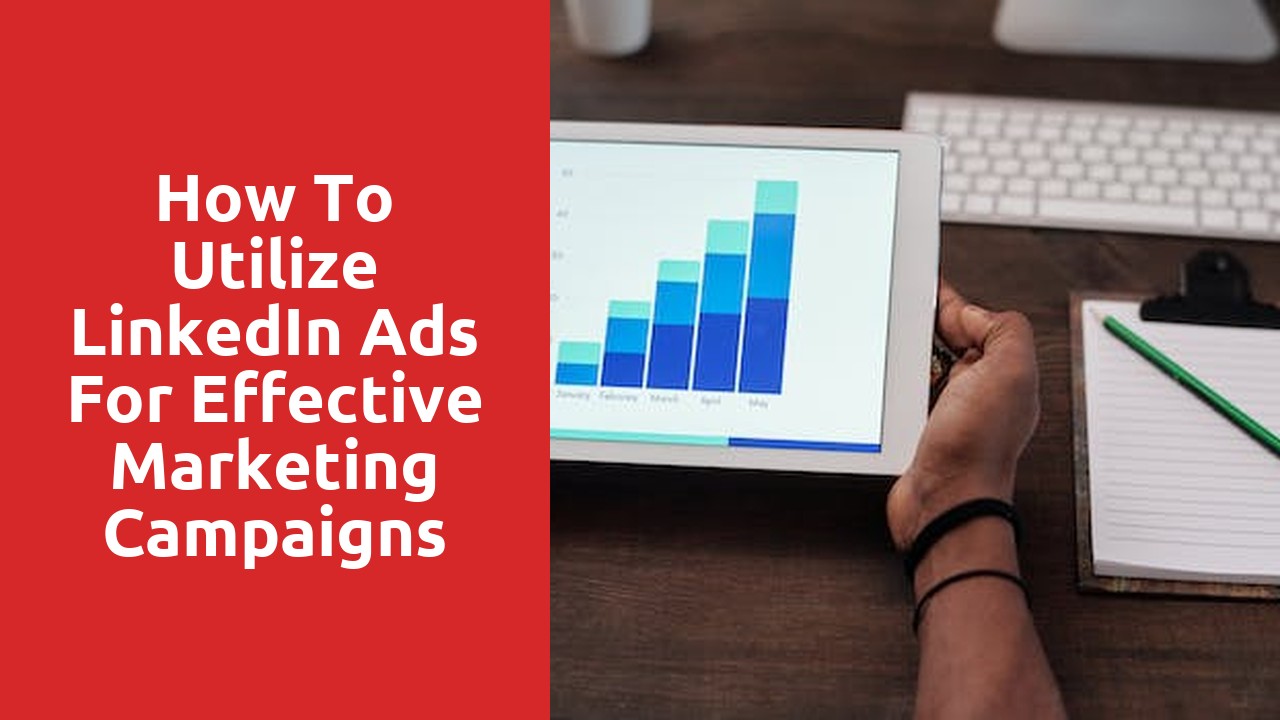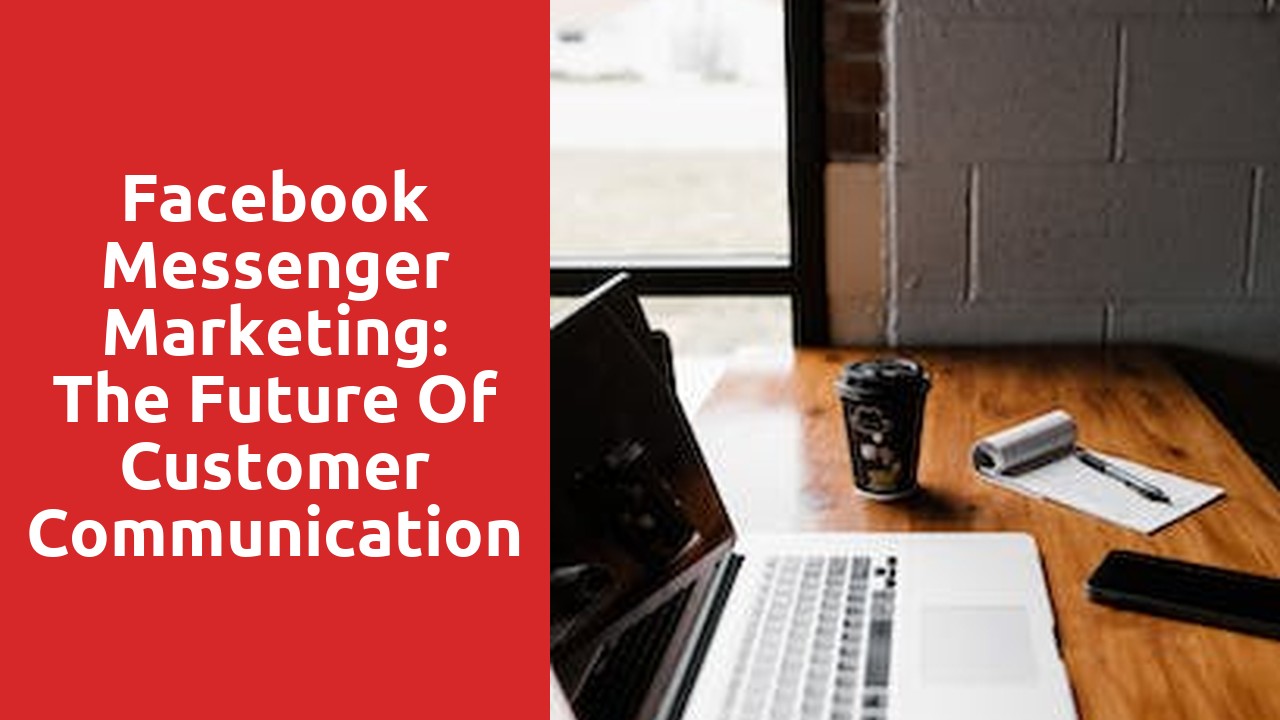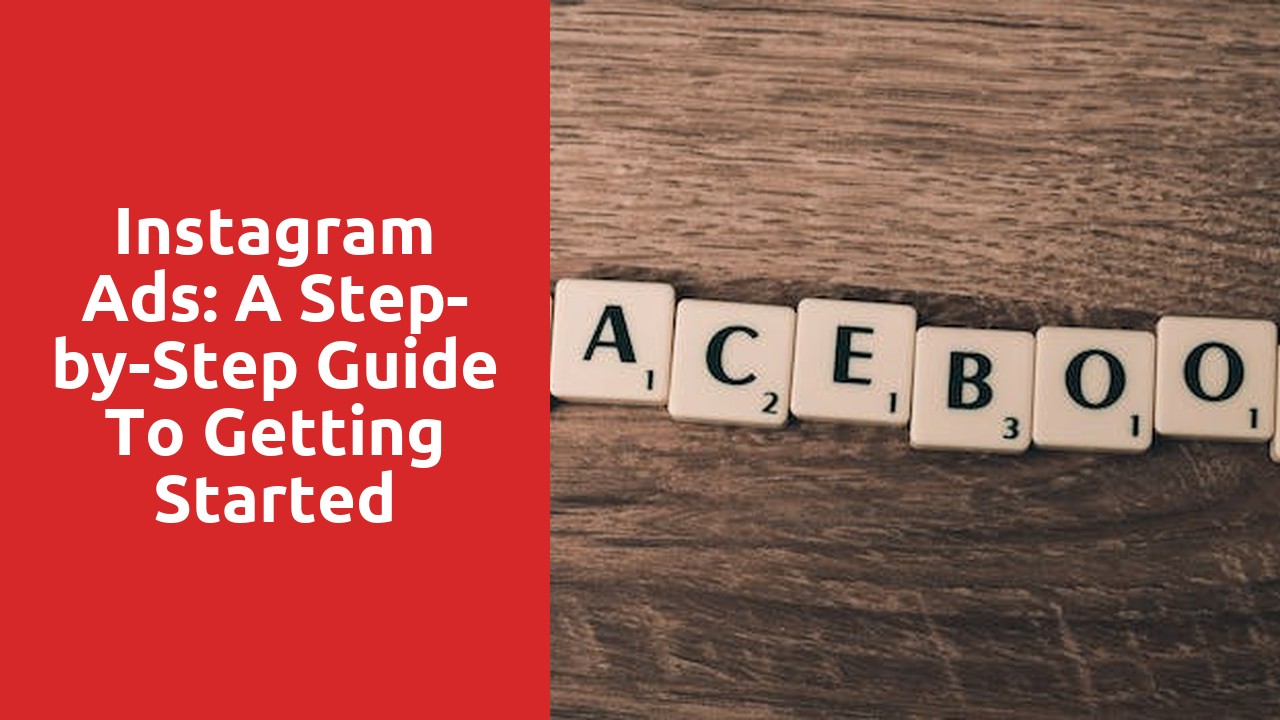The Power of LinkedIn Ads in Boosting Your Marketing Campaigns
LinkedIn has become a powerhouse in the world of online advertising, offering a range of tools and features designed to boost your marketing campaigns. With over 700 million users worldwide, it presents a unique opportunity to connect with professionals from various industries and reach a highly targeted audience.
One of the key advantages of LinkedIn ads is their ability to target specific demographics, such as location, industry, job title, and company size. This level of precision ensures that your ads are seen by the right people, increasing the chances of engagement and conversions. Additionally, LinkedIn ads allow you to leverage professional data, making it easier to tailor your campaigns to suit the needs and interests of your target audience. By leveraging the power of LinkedIn ads, you can take your marketing efforts to new heights and achieve a higher return on investment.
Understanding Your Target Audience on LinkedIn for Precise Ad Targeting
LinkedIn is a powerful platform for businesses looking to connect with professionals in their industry. To achieve precise ad targeting on LinkedIn, it is crucial to have a deep understanding of your target audience. This requires a thorough analysis of their demographics, interests, and behaviors. LinkedIn offers various tools and features to aid in this process, allowing businesses to tailor their ads to reach the right people at the right time.
One effective way to understand your target audience on LinkedIn is by utilizing the platform’s advanced search options. This feature enables you to filter and narrow down your search based on specific criteria such as job titles, industries, locations, and more. By leveraging these filters, you can identify professionals who are most likely to be interested in your products or services. Additionally, LinkedIn provides valuable information about each user’s professional background, skills, and educational qualifications. This data can help you determine if a particular individual aligns with your target audience and if they are the right fit for your ad campaign.
Crafting Compelling Ad Copy to Maximize Click-Through Rates
Ad copy plays a crucial role in the success of online advertising campaigns. It is the first point of contact between the brand and potential customers, making it essential to craft compelling and persuasive ad copy that maximizes click-through rates. When users are browsing through an array of online content, a well-written ad copy has the power to capture their attention, pique their interests, and ultimately drive them to take action.
One essential element of crafting compelling ad copy is understanding the target audience. By knowing the demographics, interests, and preferences of the audience, marketers can tailor their copy to resonate with their potential customers’ needs and desires. Furthermore, utilizing emotional triggers in the ad copy can significantly impact the click-through rates. Highlighting the benefits, solving a problem, or creating a sense of urgency can evoke emotions and drive users to click on the ad. Combined with clear and concise language, such techniques can result in ad copy that is not only compelling but also highly effective in generating conversions.
Designing Eye-Catching Visuals for LinkedIn Ads to Grab Attention
To effectively grab attention with your LinkedIn ads, it is crucial to focus on designing eye-catching visuals that will captivate your audience. The first step towards creating visually appealing ads is to understand your target demographic and what will resonate with them. This includes considering their industry, interests, and preferences. By tailoring your visuals specifically to your target audience, you can generate a stronger response and increase the likelihood of engagement.
When designing visuals for your LinkedIn ads, keep in mind that simplicity is key. Your ads should be visually striking yet easy to comprehend at a glance. Avoid clutter and unnecessary elements that may distract or confuse your audience. Instead, opt for clean and well-organized layouts that highlight your key message or offer. Utilize bold colors, contrasting elements, and high-quality images to stand out in the LinkedIn feed and quickly capture attention. Remember, your visual design should effectively convey the value and benefits of your product or service, enticing viewers to take action.
Setting Up Conversion Tracking to Measure the Success of Your Campaigns
To effectively measure the success of your campaigns, setting up conversion tracking is crucial. Conversion tracking allows you to track and analyze the actions taken by your audience after interacting with your advertisements or campaigns. This invaluable data provides insights into the effectiveness of your strategies and helps you make well-informed decisions to optimize your future campaigns.
First and foremost, it is essential to determine your conversion goals. Whether it is completing a purchase, signing up for a newsletter, or downloading a whitepaper, defining these goals will allow you to track and measure the conversions accurately. Once you have identified your desired actions, you can proceed to implement conversion tracking codes on your website or landing pages.
To set up conversion tracking, most advertising platforms provide step-by-step instructions or codes that need to be placed on your website. These codes work by recording when a visitor completes a conversion goal, attributing it to the specific campaign or advertisement that led to the conversion. By implementing these tracking codes correctly, you will gain access to valuable performance metrics, such as the number of conversions, conversion rate, cost per conversion, and return on investment. With this information at your fingertips, you can measure the success of your campaigns and identify areas for improvement.
Optimizing Your LinkedIn Ad Bidding Strategy for Cost-Effective Results
Maximizing cost-effectiveness in your LinkedIn ad campaigns is crucial for driving results while keeping your budget in check. To achieve this, one of the key aspects to focus on is your ad bidding strategy. Bidding effectively on LinkedIn can ensure that you reach your target audience while minimizing costs.
Firstly, it is important to establish a clear budget and set realistic objectives for your campaign. Carefully assess your goals and align them with your available resources to avoid overspending or falling short of your objectives. Once you have a budget in place, you can then delve into optimizing your bidding strategy.
LinkedIn offers different bidding options, such as cost-per-click (CPC) and cost-per-impression (CPM). Depending on your goals, one option may be more suitable than the other. For instance, if you are focused on driving website traffic or generating leads, CPC bidding could be more effective. On the other hand, if you want to increase brand visibility, CPM bidding may be a better choice. Experimenting with different bidding options can help you identify the most cost-effective approach for your specific campaign.
Another factor to consider is your target audience and their behavior on LinkedIn. Monitoring the performance of your ads and analyzing the data can provide valuable insights into audience engagement and behavior. This information can guide you in refining your bidding strategy to reach the right people at the right time. Additionally, leveraging LinkedIn’s targeting options, such as job titles, industries, and geographical location, can help you narrow down your audience and increase the relevance of your ads, maximizing the chances of conversions.
Optimizing your LinkedIn ad bidding strategy is a continuous process that requires ongoing monitoring, analysis, and adjustment. Regularly review the performance of your ads, compare different bidding options, and adapt your strategy accordingly. By adopting a data-driven approach and staying proactive, you can optimize your bidding strategy for cost-effective results and leverage the power of LinkedIn ads to meet your marketing objectives.














